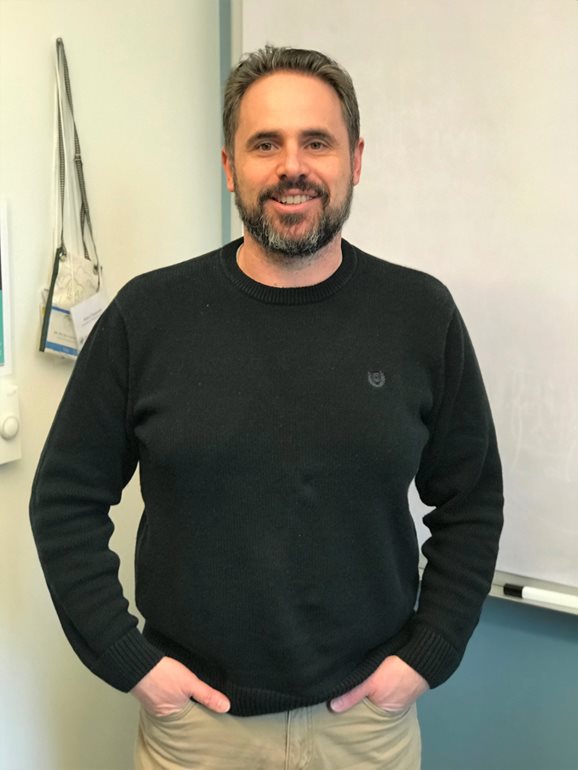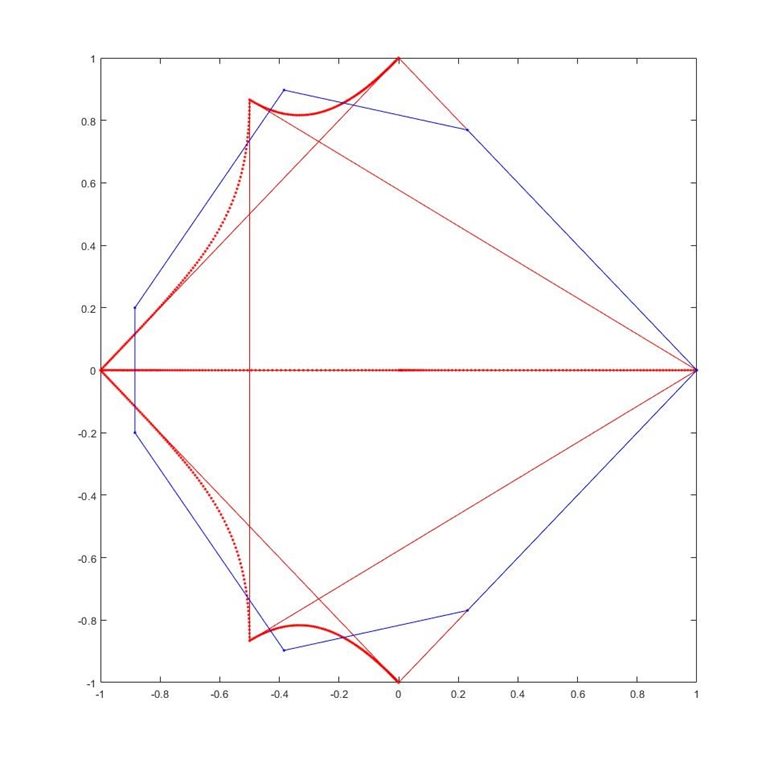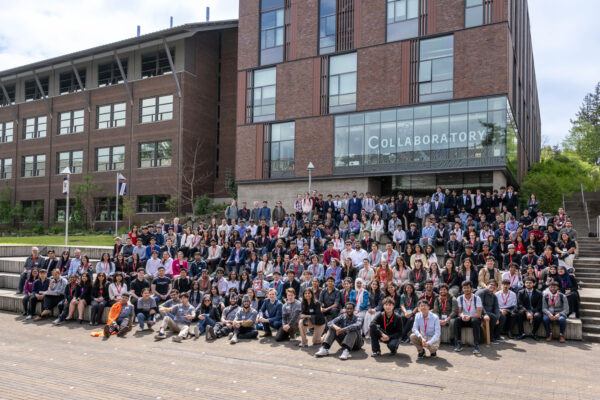
Pietro Paparella, an assistant professor in University of Washington Bothell’s School of STEM, will tell you he teaches advanced courses in mathematics.
And, he studies theoretical aspects of non-negative matrices.
At this point, non-mathematician listeners might apologetically acknowledge their ignorance and lose interest until, perhaps, Paparella says, “One could argue that non-negative matrices have produced the most lucrative application of mathematics.
“Google was pretty much built on an application of non-negative matrices. The way that websites are ranked — at least when Google was started — the ranking algorithm relied on theoretical properties of non-negative matrices,” Paparella said.
Applied mathematics

While Google is the most high-profile use of non-negative matrices, they also arise in economics, population models, ranking systems and recommender systems, he said.
Paparella is interested in theoretical aspects of non-negative matrices, particularly a class represented by a famous problem known as the Perfect-Mirsky Conjecture.
Unless it helps explain a concept, it rarely comes up in the courses that Paparella has been teaching since 2015 at UW Bothell: abstract algebra, advanced linear algebra, complex analysis and real analysis.
Last summer, however, Paparella had the chance to lead four UW Bothell math undergraduates into an inquiry of the Perfect-Mirsky Conjecture. Funding for the project, “Novel directions in nonnegative matrices and matrix analysis,” and for the student workers came from a $40,000 grant by the UW Royalty Research Fund.
The research then led to a paper that has been accepted by a journal and another paper he’s working on, Paparella said.
Undergraduate student research
More significant was the student participation, he said.
“As faculty at UW Bothell, we’re always including undergraduates in our research,” Paparella said.
The Royalty Research Fund is financed by royalties and licensing income generated by the university’s technology transfer program. The fund was initiated to provide one quarter of release time for faculty with full teaching loads.


